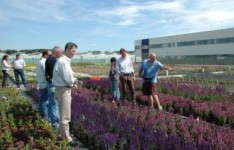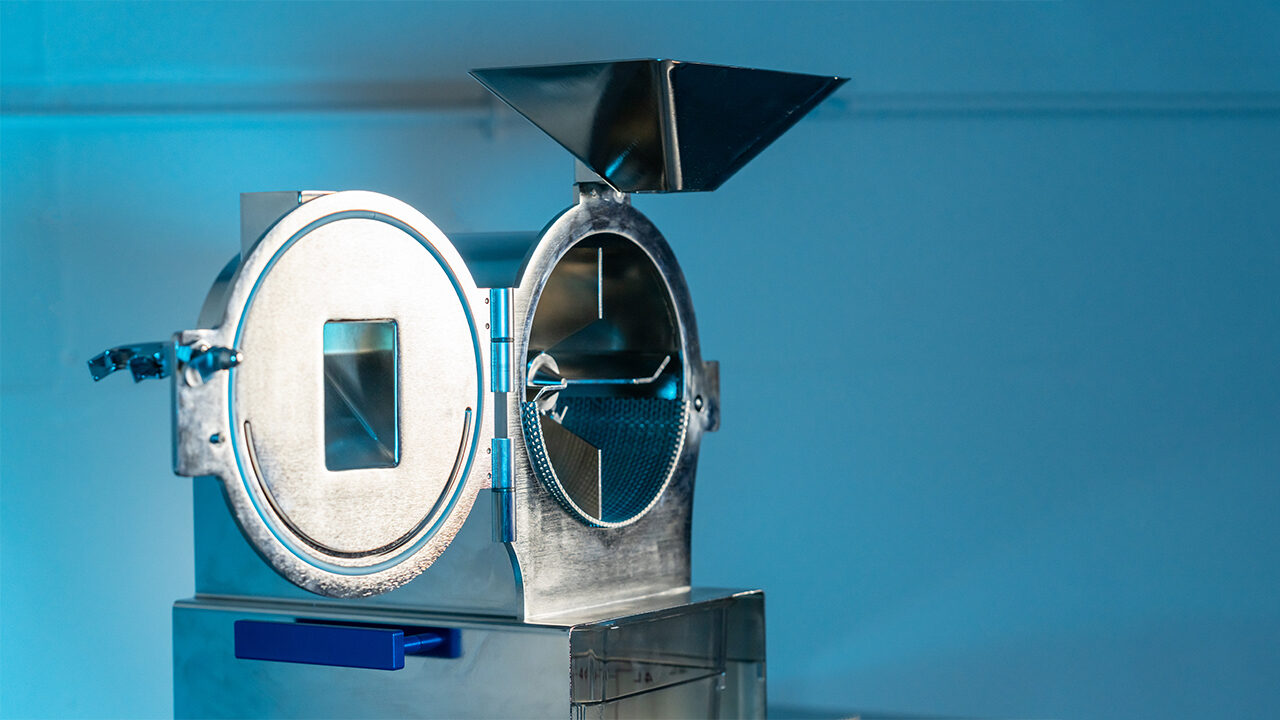Is Perennial Breeding The Future?

I have been called many things over the few years I’ve been working in horticulture–everything from rather useless to a rock star, from entertaining to educational, and my favorite being Indiana Jones of horticulture. I frown in dismay at one or two names and chuckle at others, but I take few of them seriously.
One name I have been called is a guru of perennials. It is fantasy, just like the others, but I kind of like that one because I was there when perennials started their rise in popularity.
Because of, or in spite of that title, I am asked to advise growers, landscapers, breeders and gardeners in new plant development and directions for perennials. I evaluate experimental material and provide opinions about vegetative or seed perennials, their production problems and their performance characteristics.
Serious About Series
I have evaluated many perennials for many companies either at their own facilities or at the gardens at the University of Georgia. It is not like we don’t have enough perennials from which to choose, but unlike the world of annuals, perennial plant breeders have not concentrated on greenhouse-ready plants.
There are fewer F1 hybrids, and even fewer series. In the past, there was less emphasis on patentable plants and compared to annuals, less production under controlled conditions. There have been exceptional exceptions: Plant breeders like Terra Nova and ItSaul Nursery, Blooms of Bressingham, PanAmerican Seed, Ball FloraPlant, Skagit Gardens and others, have been providing vegetative material for many years, and companies like Park Seed, Jelitto and Kieft Seeds have long provided seed material from breeders throughout the country.
As I walk about my trials, one of the areas where perennials have differed from annuals is that of F1 hybrids and plants arranged in series. One only has to walk a row of geraniums, calibrachoa or impatiens to see series names like Allure, Stardom, Callie, Noa, Super Elfin and Fanfare, but there are not a lot of series in perennials that pop into my head.
Certainly, times are changing. Breeders are aware that growers grew up with series of annuals and are trying to capitalize on that familiarity. The belief is that new perennials bred with a series focus would be more easily marketed and promoted than single-name plants. PanAmerican’s work with Spring Magic columbines and ItSaul’s Big Sky series of coneflowers, for example, were huge successes.
Breeding Done Right
I recently visited the facilities of Syngenta in Enkhuizen, Holland, and came back hugely impressed with its breeding work in series of salvia, veronica, gaillardia, penstemon and numerous other high-demand genera. Syngenta’s breeding efforts now encompass respected firms of S&G, Fischer, Goldsmith (GoldFisch) and others offering annual and perennial seed and cuttings. It was my first chance to see Syngenta’s breeding trials at ground zero, and other than the long flight with my knees in my chin, a trip to Enkhuizen is not hardship duty.
Syngenta’s breeding was focused on certain crops, with the idea of producing short, compact, well-branched cultivars in at least three colors. I was in Holland with Landon Bollick of Layman’s Wholesale Nursery and Mark Smith of Smith Gardens and Pacific Plug and Liner, and they often expressed unabashed delight at the direction of series in some of the seed and cuttings of important genera.
The resources at Syngenta are significant, its people are knowledgeable and its breeders are skilled. Syngenta is not the leader today in perennials, and perhaps not tomorrow, but I believe it will be a force to contend with in the future. So does everyone else, so this is not exactly news.
As I read these words, they sound a lot like a commercial for Syngenta. Yet, they are not. Syngenta is doing a fine job. I eagerly anticipate the day when I can be the Michael Phelps of endorsements, but alas, no one is knocking my door down. Not even Syngenta
Responding To Demand
In some cases, the interest in perennials for the greenhouse grower is a good thing. More plugs through existing distribution chains, more uniformity, reduced crop time and more branching. The large wholesale nurseries demand short, compact and uniform plants of popular genera, and those are what the breeder must select for. Based on what I saw at Syngenta, and what I see in our trials, that day is right around the corner. That will be a good thing in many cases, because the more the breeder can be focused on the market, the better the market will respond.
I must, however, add a note of caution here: In speaking with consumer groups everywhere, neither demand nor interest in short, compact perennials are there. Consumer groups, in fact, hate the idea. These characteristics are strictly our manifestations of production, shipping and shelf space. In the future, I have no doubt the landscaper and gardener will have shorter plants and less diversity, particularly in the box stores. The only good thing about short, compact perennials from the consumers’ point of view is that they will be taller the second year in the landscape.
Many American firms visit breeder trials in Europe. It is a small world and a great deal can be learned by travel, whether to Athens, Ga., or to Enkhuizen, Holland. Even though the consumer will seldom ask for a cultivar by name, we must all do our homework. The move to “serializing” perennials will continue, and we will all benefit because of it.









